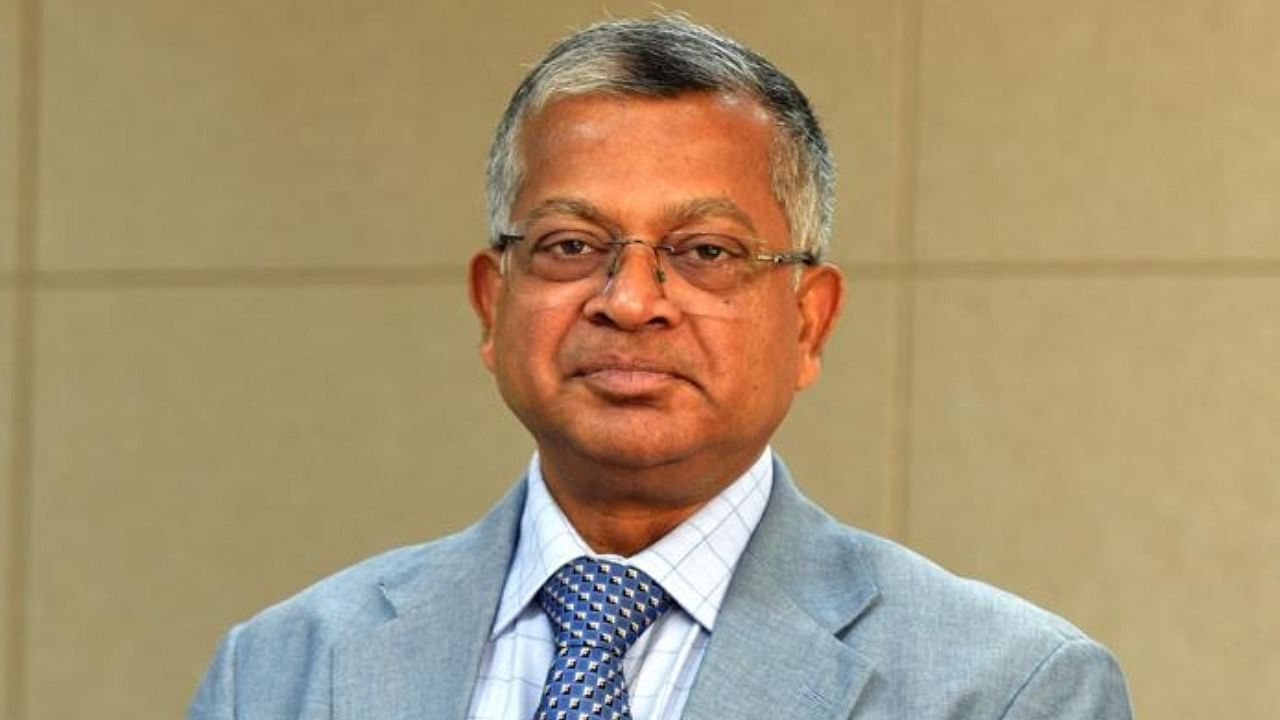
Deepak Mohanty.
Credit: Special Arrangement
Bengaluru: The Pension Fund Regulatory and Development Authority (PFRDA), one of India’s youngest federal regulators, is trying to fix the gender imbalance in the National Pension Scheme (NPS) by expanding its outreach programme, the chairman Deepak Mohanty said. In an exclusive interview with DH’s Arup Roychoudhury, Mohanty touched upon the regulator’s efforts to on-board more corporates, efforts to raise tax exemption limits for private sector contributions, and the long-term effectiveness of equity-linked pensions. Edited excerpts:
If you could give our readers a sense of the gender and urban/rural breakdown of Atal Pension Yojana and National Pension Scheme.
APY is mostly rural, and it has a better gender balance, with around 45% women. That is because you'll see in the rural areas, women are more empowered in terms of self-help groups and Angandwadi, and they join.
NPS is 21 per cent women, which we are trying to improve through outreach. The thinking about NPS is that only salaried people from the organised sector can avail of it. That is not correct. Entrepreneurs, those who do freelance work, and those who want to start a business from home, for example – and that is true for many women – can also avail NPS. So we are trying to change perceptions. We are telling men also that if you have a spouse or a daughter, open NPS accounts for them.
How are you attracting more private sector employees and employers onto NPS?
For the corporate employees, I would say that they may be in some retirement scheme. But one scheme is never adequate. There is no substitute for NPS. So, that is a necessary component of anybody's retirement kitty. So even if the employer is not offering, they can do their own personal NPS. If a corporate is offering NPS on a voluntary basis apart from provident fund, they should take that.
For employees the advantage of NPS is that it provides continuity for your retirement savings scheme, because when the employee shifts from one corporate (entity) to another, they can continue the same NPS. Sometimes, they would like to do something on their own or go for higher education for a brief period, still they can continue their NPS. And that can be done even if they go abroad for a brief period and become NRIs.
So these are the facilities which are there, but perhaps the knowledge is not there. So we are trying to hold meetings and town hall events with the corporates and employees. And since the youngsters are digitally savvy, we are trying to reach out to them through social media and trying to educate from a regulatory point of view. And also the intermediaries like the pension funds and banks. Those who are onboarding corporates are also disseminating information about NPS.
How many corporates are offering NPS till date, and do you have a target for the coming financial year?
As we speak, there are about 15,000 corporates since inception. It was 12,000 at the end of the last financial year. So we have added around 3,000 corporates this year, so far. Our effort is to get as many corporates to come in, but there is no fixed target in mind. We try to get the bigger ones on board.
The PFRDA has asked that the tax exemption for the contribution from corporates for their employees’ NPS should be increased to 12% from 10 per cent. Can you elaborate on that?
This is a wish list from our side. What we are saying is that now for the employer, if it is Provident Fund, 12 per cent is exempt up to a limit of Rs 7.5 lakh. And for NPS, it is 10 per cent. So we have requested at least let's bring parity on that side. But this exemption, as you know, for the government is 14 per cent. So that is the ideal rate for tax exemption. But let us at least start with 12 per cent, is what we have requested.
There is some debate on the old pension scheme versus new pension scheme. The latter is equity-linked. Are you giving options to those availing of NPS?
We are giving the option that irrespective of one's age, you can hold on to 75 per cent equity scheme. Earlier, as you aged, the equity component was tapered down. But if somebody's going for an active choice, that one can put 75 per cent of their pension contribution in equity. This is a Tier I pension scheme. For a Tier II scheme, one can put in or withdraw money anytime one wants. There one can even hold 100 per cent equity, and we're seeing a lot more traction on that side.
While equity could be risky in the short term because of fluctuations, over medium to long term, the returns are much higher. The annual return this year on equity-linked pension scheme has been over 25 per cent, last three years, you will see that it is more than 17 per cent. And since inception, it is around 13 per cent.
You aim to end FY24 with Rs 12 lakh crore assets under management. What is the investment breakdown between equity and debt?
We are Rs 11 lakh crore now. Out of that, 17.5 per cent is in equity, the balance is central government, state government and corporate debt. Out of the debt portion, 95 per cent is invested in AAA-rated instruments.